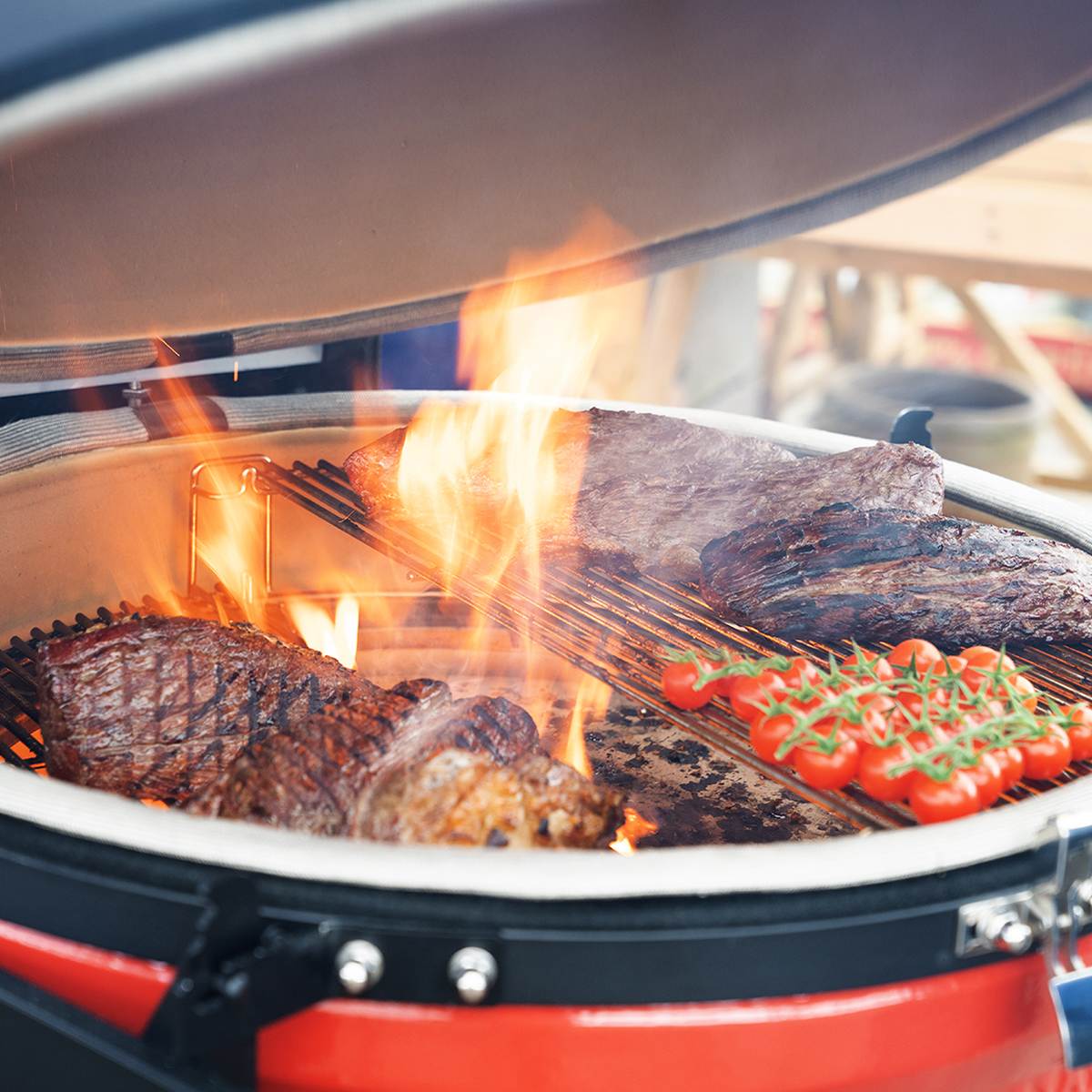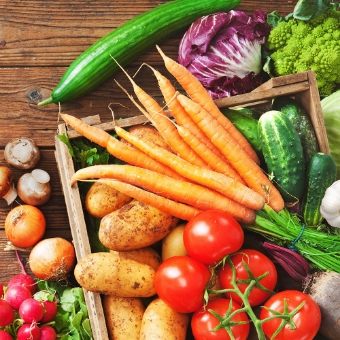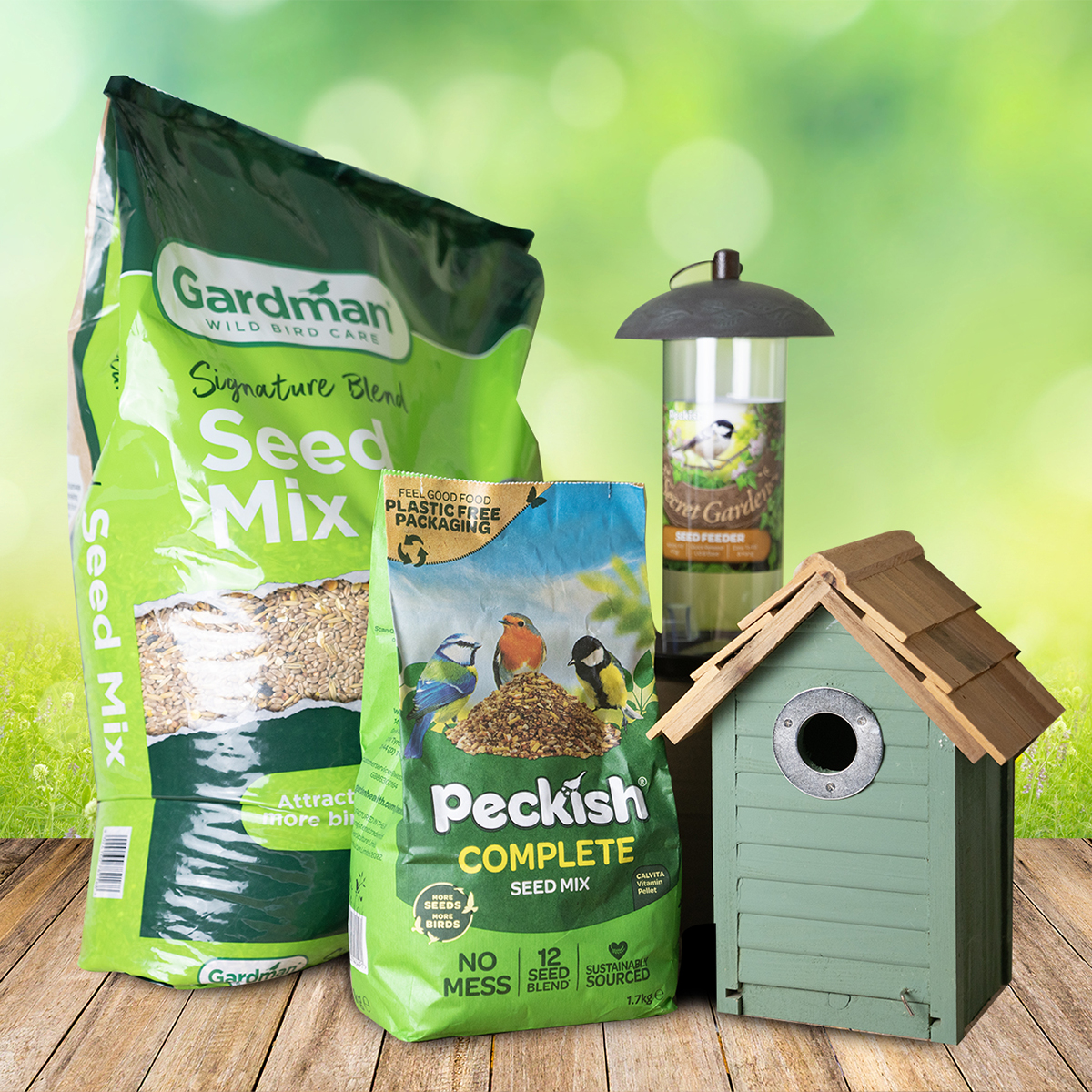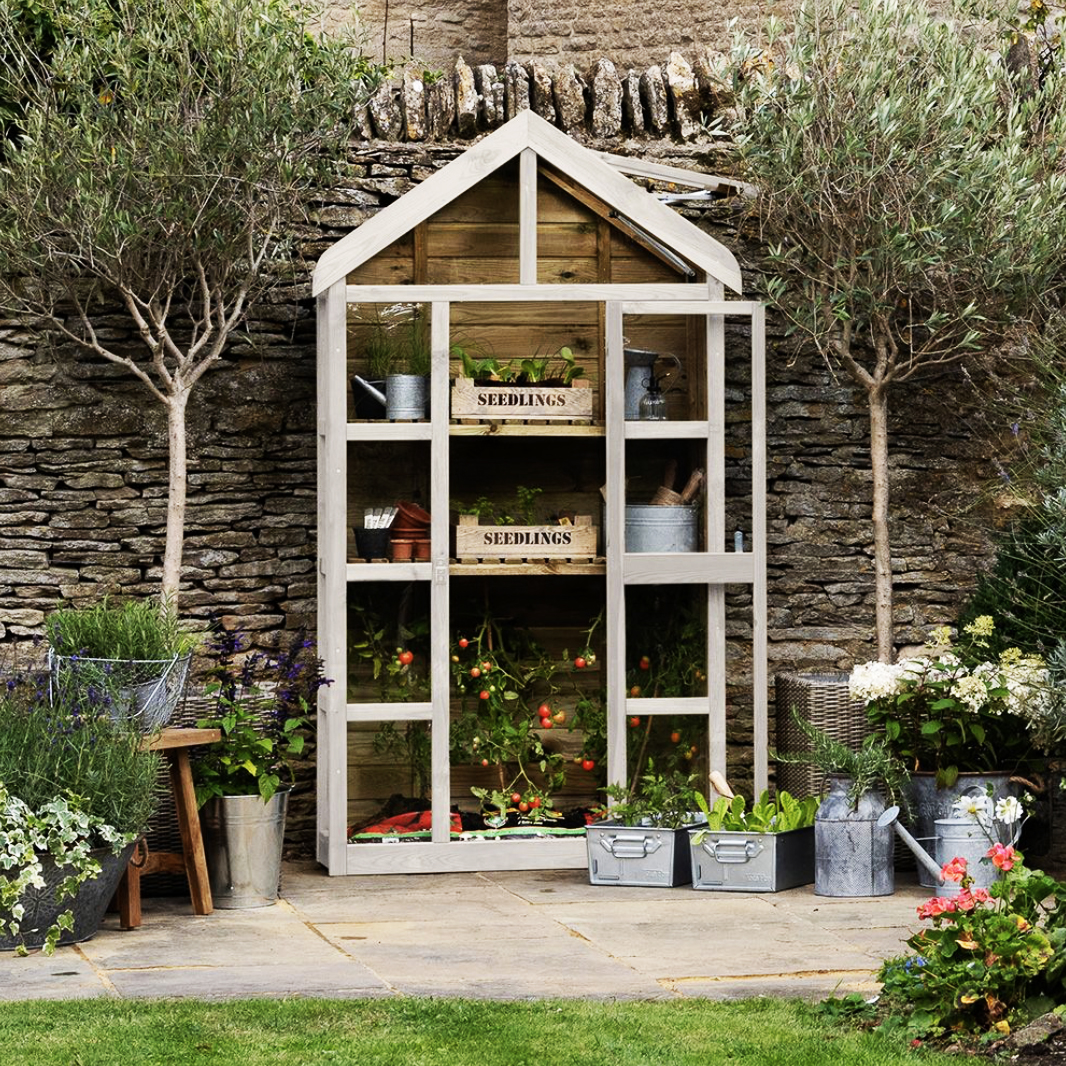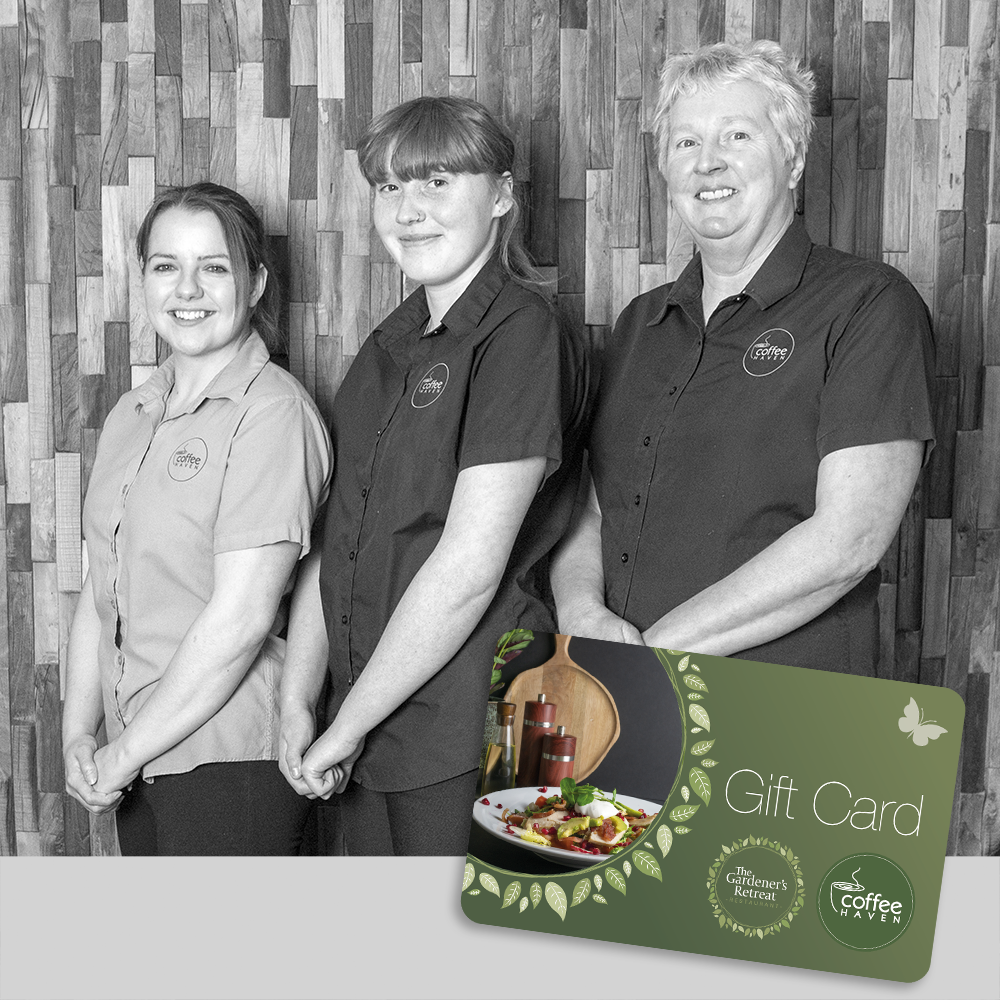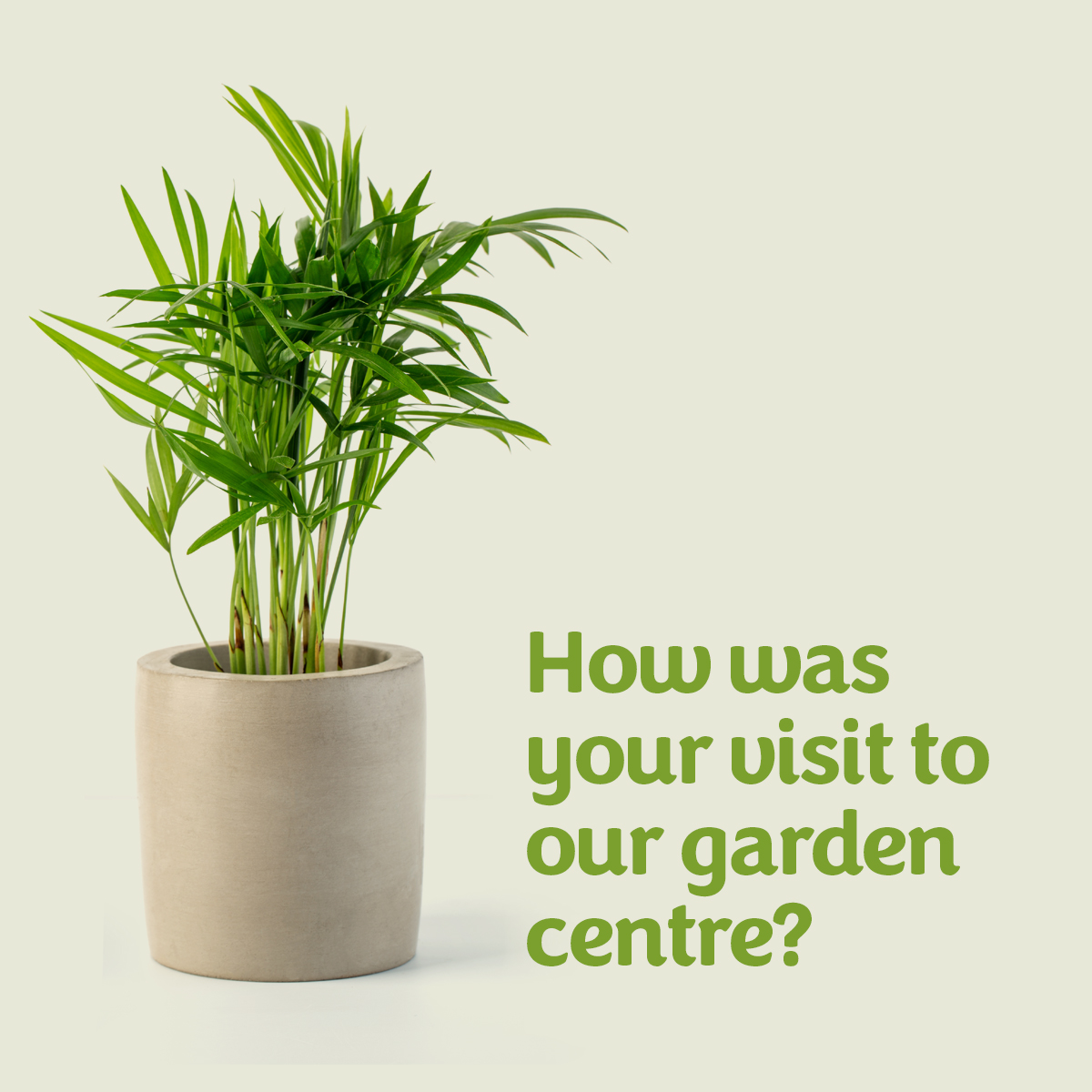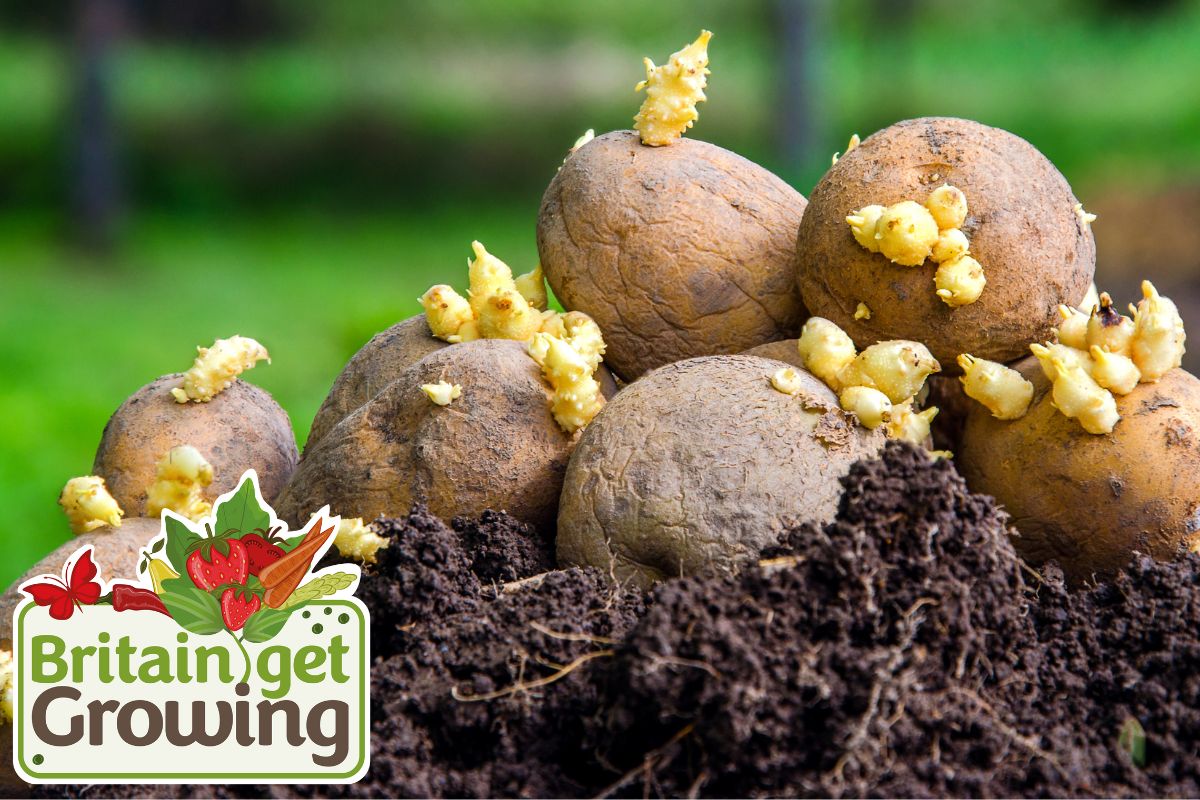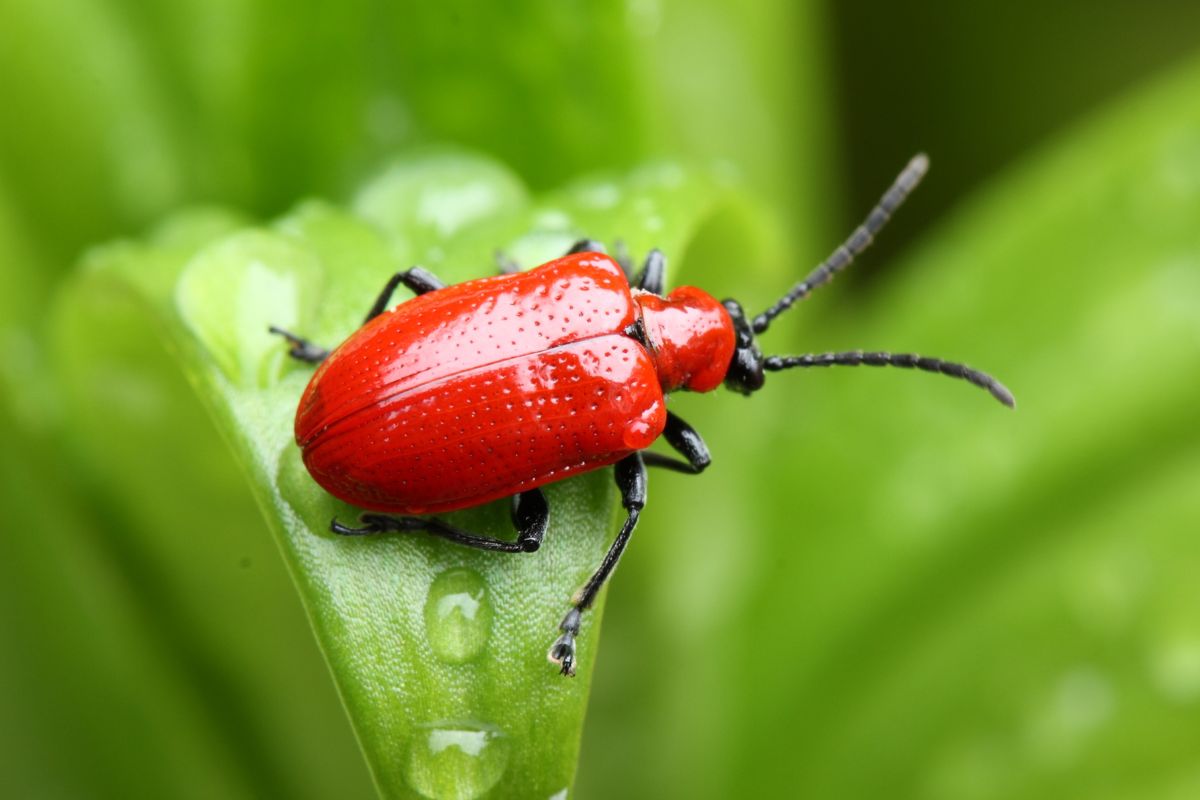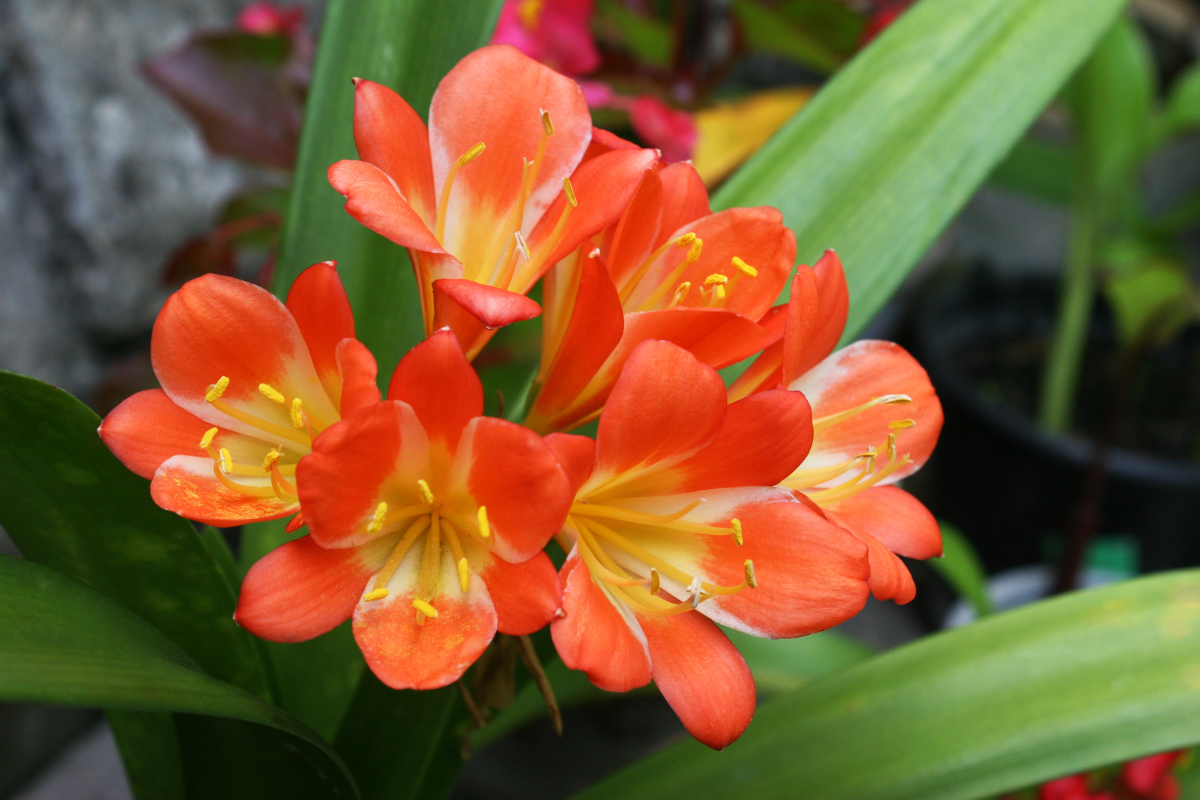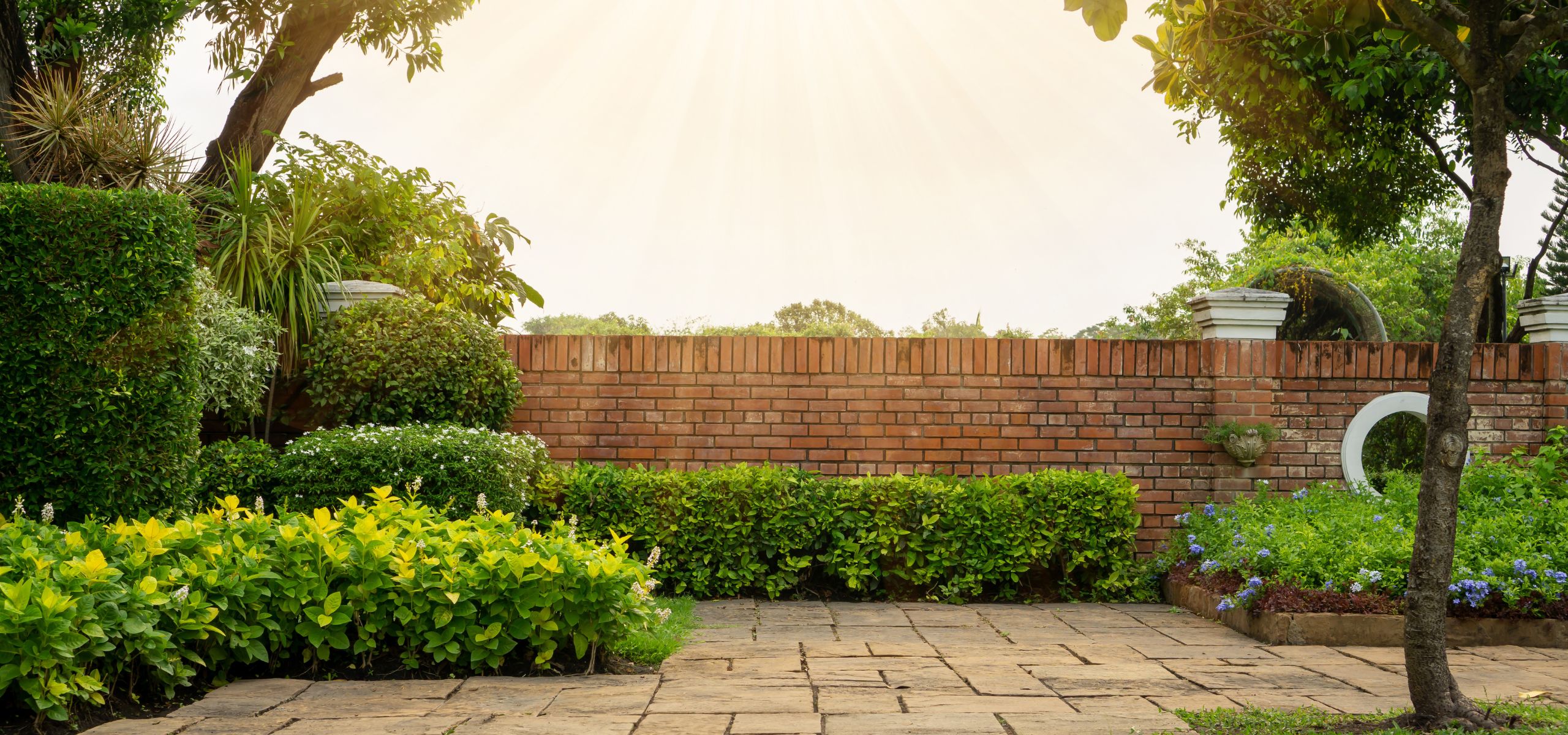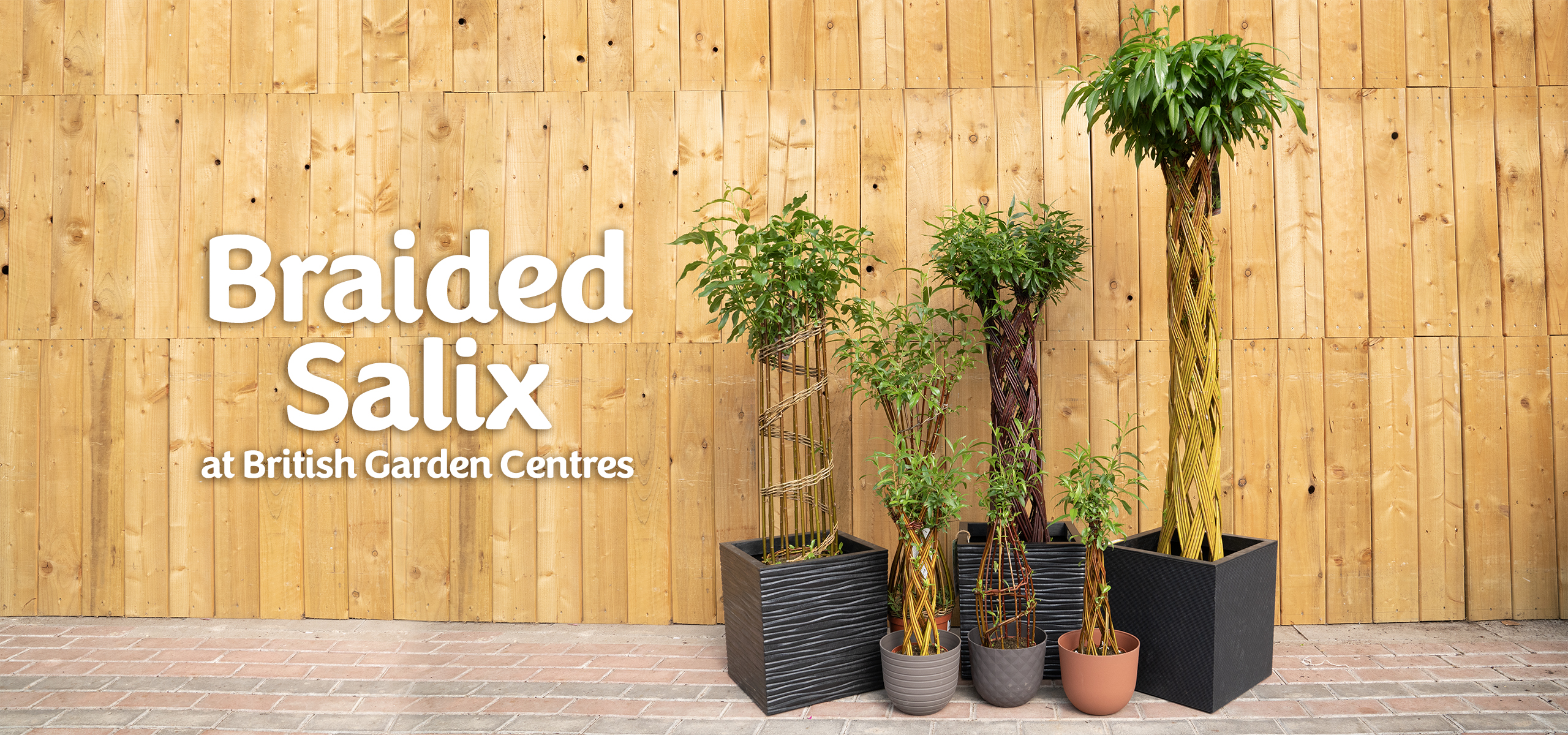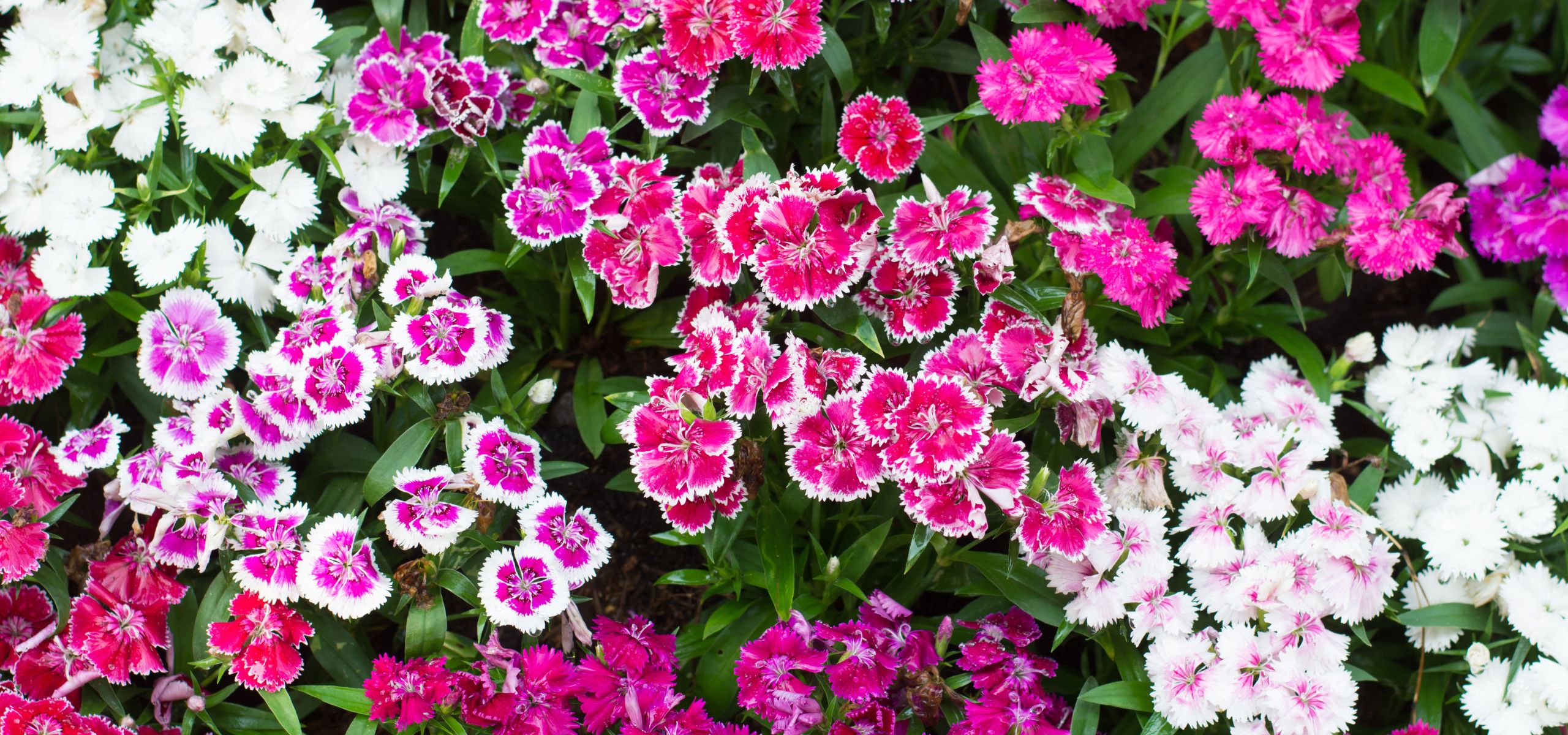
Grow your own: Our guide to seed potatoes
Nothing beats the feeling of growing your own spuds. The humble potato remains the nation’s favourite vegetable due to its versatility in the kitchen, as it is great for mashing, baking, frying, and roasting, making a tasty addition to any meal.
Potatoes are an excellent crop for both beginner gardeners and experienced vegetable growers, as they’re easy to grow and produce a bumper harvest every time. They can be grown in allotments, home gardens, and even small containers, buckets, or bags on balconies and in yards if you are short of space.
Growing your own is rewarding as you get something that is fresh, flavoursome, more nutritious, and satisfying to put on your plate at the end of the process. And with the cost of living continuing to rise, one of the biggest advantages of growing your food is that it can save you money.
Tending to your kitchen garden is also good for your health. Gardening is renowned for combating stress and anxiety, is great exercise, and will also give you a sense of purpose, accomplishment, and pride.
There are four types of seed potatoes, first and second earlies, main crop, and autumn second crop, so called due to the time they are harvested.
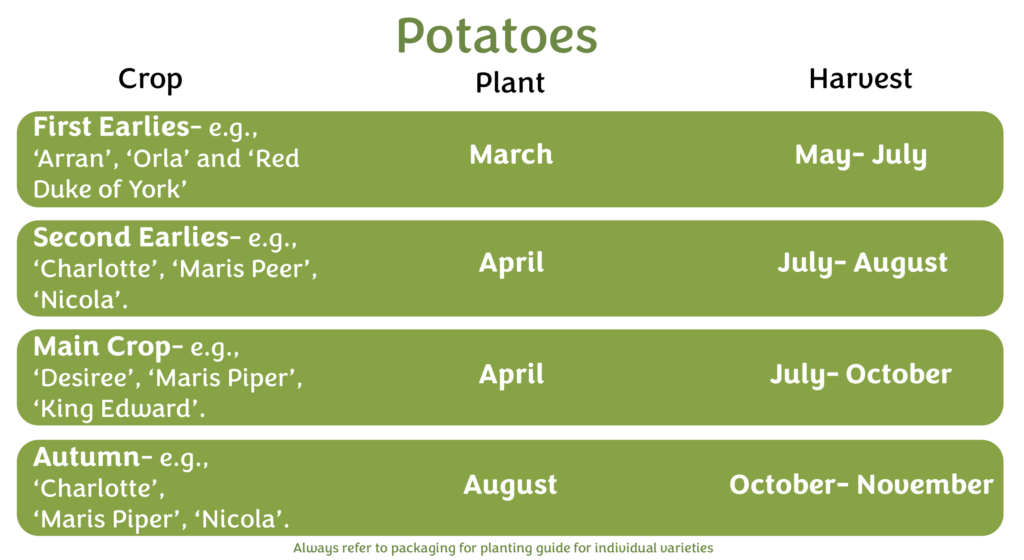
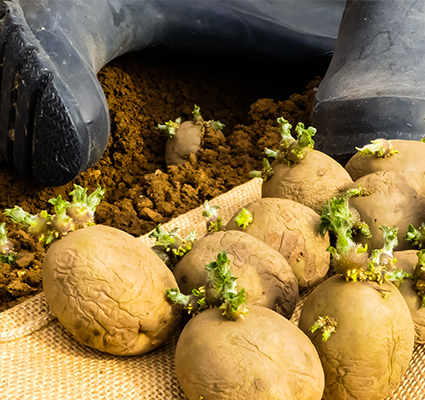
Step one – Chitting
Tubers will need to be prepared and chitted before they go in the ground. Stand them in an eggbox with the end with the most eyes potting up so they will sprout naturally. The tubers are ready to plant when sprouts are approximately 2.5cm long.
Step two – Planting
Potatoes thrive in nutrient-rich soil, so the growing media is best treated with a potash fertiliser before planting. It’s important to make sure the soil is not too wet or frozen, so plant after the last frost around Easter. If planting in the ground, place the tubers approximately 15cm and 30cm apart with the eyes facing upwards. For container planting, it is important to use a bag or pot that is at least 18in wide to provide the tubers with the space to grow.
When shoots start to appear and they are about 6in tall, begin earthing up your potatoes and keep covering the new shoots with compost as they grow. This will reduce the risk of light exposure, which turns potatoes green.
Step three – Harvesting
Harvesting potatoes depends on their planting time and growing conditions. First and second earlies are usually ready for harvest from May to July when the flowers are open, whilst the main crop can be harvested from September, once the shoots have yellowed. Cut the foliage to the ground, then gently lift the potatoes out of the ground with a fork. Dig up the potatoes as and when you need them to provide an all-year-round supply.



